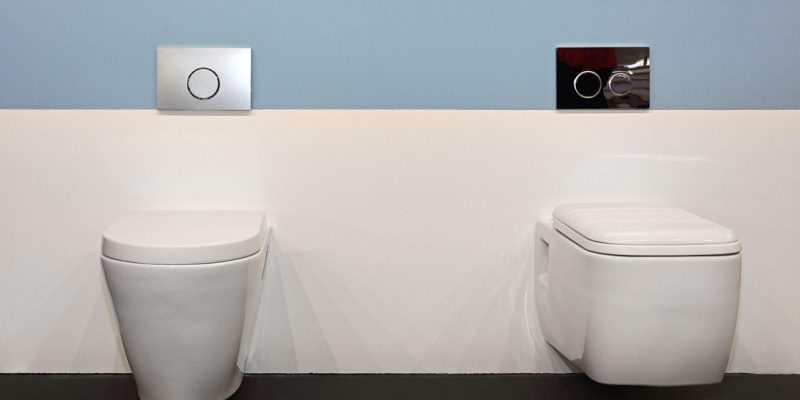Water conservation stands as one of the foremost environmental challenges of our time. Recognising the urgency of the situation, innovators worldwide have turned their attention to how we can decrease our water usage. One notable development in this regard is the rise of waterless and ultra-low flush toilets, poised to revolutionise the domestic water conservation landscape.
The Pressing Need for Water Conservation
To understand why waterless and ultra-low flush toilets are essential, we must first recognise the urgency of water conservation. Droughts, climate change, population growth, and unsustainable water use are propelling us towards a future where water could become a limited resource. Reducing water consumption, particularly in areas of high use such as bathrooms, is a crucial part of addressing this crisis.
The Problem with Traditional Toilets
Traditional toilets are significant water users, contributing to approximately a third of household water consumption. Each flush can use up to 13 litres of water—an unsustainable amount considering the pressing water scarcity issues we face. This wasteful usage makes the toilet an ideal candidate for water-saving innovation.
Introducing Waterless Toilets
Waterless toilets offer an innovative solution to the water wastage associated with traditional toilets. These systems require zero water to function, using instead a variety of methods, such as composting or incinerating, to manage waste. As the name suggests, waterless toilets can substantially reduce, if not entirely eliminate, the water consumption associated with bathroom use.
Diving Deeper into Waterless Toilets
There are several types of waterless toilets, including composting toilets, incinerating toilets, and urine-diverting toilets. Each of these systems uses different mechanisms to manage waste, but all share the goal of eliminating the water requirement for waste disposal.
The Emergence of Ultra-Low Flush Toilets
Not quite ready to embrace waterless toilets? Ultra-low flush toilets offer a more familiar, yet still efficient, alternative. These toilets drastically cut down water usage, using less than half the amount of water per flush compared to conventional models. This shift can amount to considerable water savings over time, making a significant contribution to domestic water conservation.
Overcoming Challenges and Misconceptions
Waterless and ultra-low flush toilets may seem a radical change for many homeowners. Concerns often arise around odour control, aesthetics, and maintenance requirements. However, advances in design and technology have significantly mitigated these issues. Comprehensive education about these innovative toilets is crucial to dispel misconceptions and promote widespread adoption.
A Push for Legislative Support
Building codes and regulations have a vital role in driving the adoption of waterless and ultra-low flush toilets. By legislating the use of these water-efficient alternatives in new builds and renovations, governments can ensure significant strides in residential water conservation.
Economic and Environmental Gains
Besides significant water conservation, these innovative toilets offer a range of additional benefits. They reduce strain on municipal water resources and sewage treatment facilities, leading to cost savings. Moreover, waterless toilets can be a boon in water-scarce or remote areas, providing sanitation solutions where traditional plumbing might be impractical or impossible.
Conclusion: An Inevitable Shift Towards Sustainability
The advent of waterless and ultra-low flush toilets marks an important step in our journey towards sustainable water usage. Homeowners, architects, and legislators alike need to embrace these water-saving technologies. Each flush saved not only conserves precious water resources but also signals our commitment to a sustainable and water-efficient future.




















